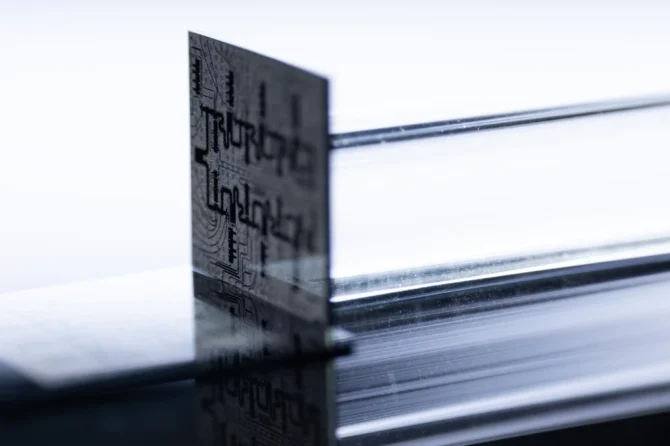Researchers at UNSW Sydney have addressed the problem of merging qubits and classical electronic circuits that requires multi-million-dollar refrigeration.
The researchers’ proof-of-concept quantum processor unit cell, on a silicon chip, works at 1.5 Kelvin – 15 times warmer than the main competing chip-based technology being developed by Google, IBM, and others, which uses superconducting qubits.
In a paper published in the journal Nature today, Professor Dzurak’s team, together with collaborators in Canada, Finland and Japan, report a proof-of-concept quantum processor unit cell that, unlike most designs being explored worldwide, doesn’t need to operate at temperatures below one-tenth of one Kelvin.
Dzurak’s team first announced their experimental results via the academic pre-print archive in February last year. Then, in October 2019, a group in the Netherlands led by a former post-doctoral researcher in Dzurak’s group, Menno Veldhorst, announced a similar result using the same silicon technology developed at UNSW in 2014. The confirmation of this ‘hot qubit’ behaviour by two groups on opposite sides of the world has led to the two papers being published ‘back-to-back’ in the same issue of Nature today.



